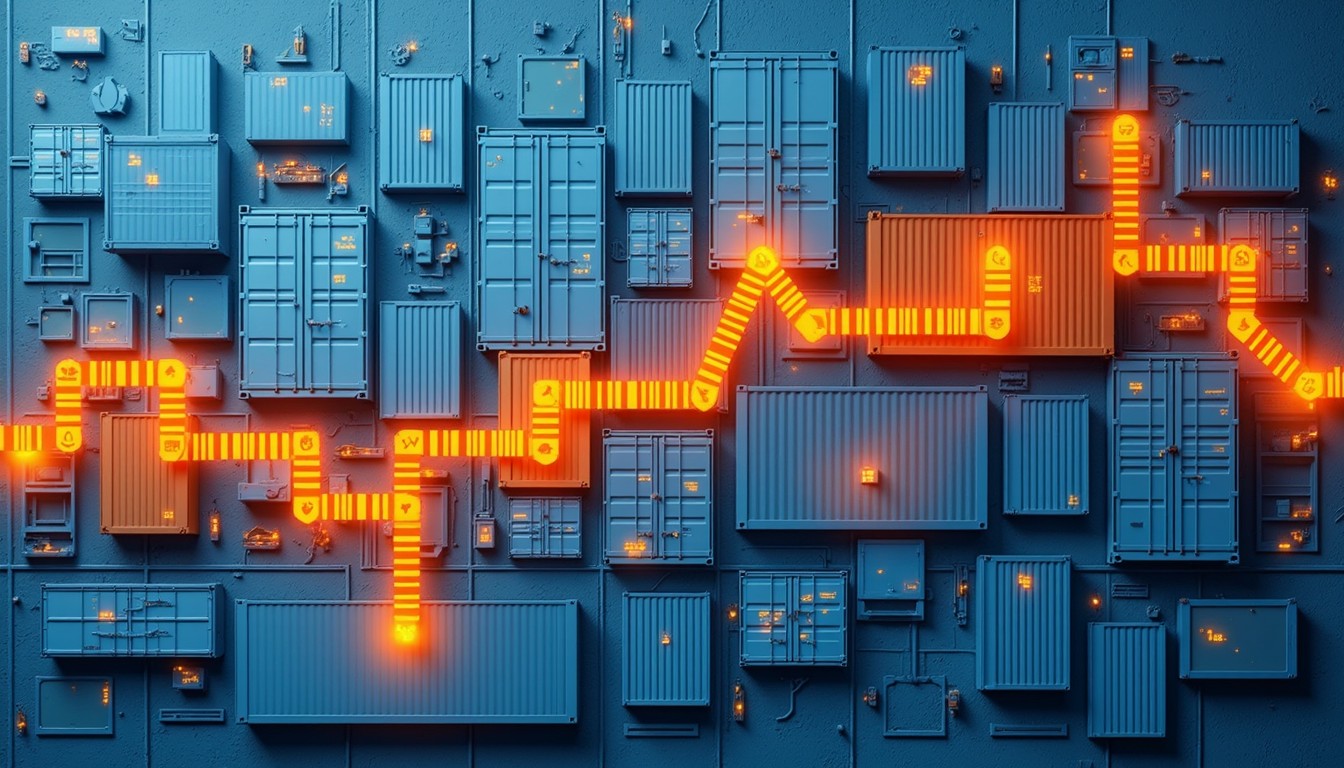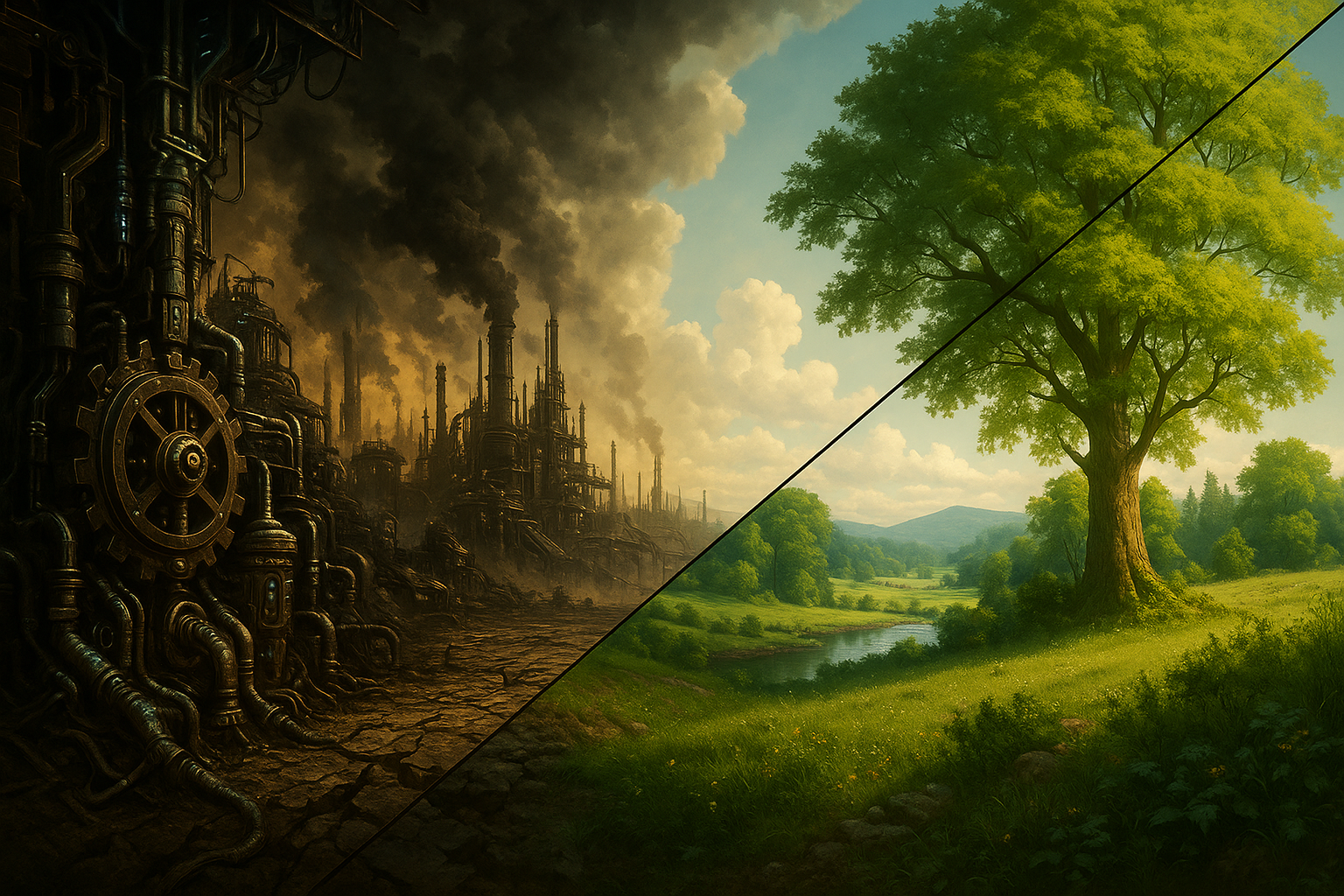Paper archives and libraries hold millions of books, dissertations, monographs, and paper documents that form humanity’s knowledge base. Still, much of this material remains in paper form. Therefore, finding, retrieving, and analyzing required information can take weeks or even months. It is a problem for users who have deadlines and timeframes for obtaining valuable insights.
As environmental and ESG (Environmental, Social, and Governance) compliance continues to gain value for both public and private sectors, new technologies develop this fundamental base to meet a new standard: sustainable procurement. Procurement teams require tools to evaluate, select, and manage suppliers based not only on cost but also on environmental and social impact, which…
As the digital layer of our lives thickens, technology is shaping how we care, heal, and act. More than ever, people expect digital products to do good — to support sustainability, inclusivity, mental health, civic engagement, and more. And the numbers back it up.
What does sustainable software really mean? Sustainable software development goes far beyond just energy efficiency or environmental concerns. At its core, it’s about creating digital solutions that are built to last — maintainable, adaptable, and responsible over time.
As the world moves towards sustainable practices, we must consider how software development can contribute to a greener future. Sustainable software development principles are guidelines that help developers create applications that minimize their environmental impact.
In an era where the buzz around technology is louder than ever, a new concept is quietly gaining momentum: sustainable software development. Yes, you read that correctly—software development is going green. But what exactly does this entail, and why is it becoming increasingly important? Let’s explore.






